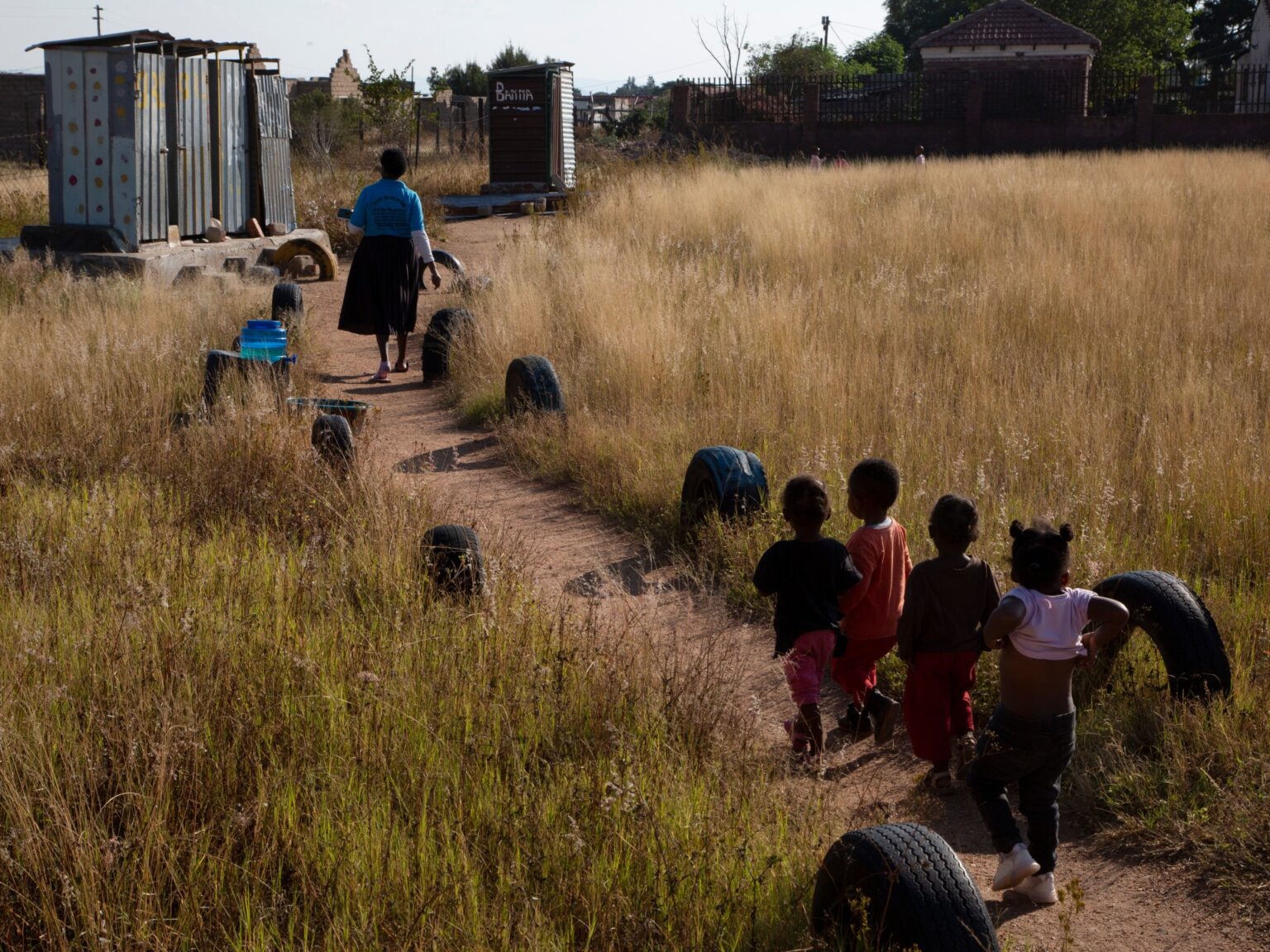Global Courant 2023-05-22 17:49:02
At a secondary school in rural northern South Africa, more than 300 students and their teachers share three toilets, and that woefully skewed figure isn’t the worst problem.
The three toilets are pit latrines, basically 10-foot deep holes in the ground, that students line up to use during a lunch break.
At least the pit toilets at Seipone Secondary School in Ga-Mashashane village are covered with white toilet seats and enclosed by brick structures. Some of the pit toilets still used in more than 3,300 schools in poor, mostly rural areas of South Africa are not.
It’s an embarrassing situation for a country labeled Africa’s most developed country, and an indicator of its deep problems with poverty and inequality, say human rights groups urging the South African government to address substandard provision in schools for always to be canceled. .
The latrines are unhygienic and also pose a much more immediate danger.
In January 2014, James Komape in the nearby village of Chebeng received a call asking him to rush to his five-year-old son’s kindergarten. The little boy, Michael, was found dead, drowned at the bottom of a latrine. Michael’s body hadn’t even been removed from the puddle of water mixed with feces and urine at the bottom of the pit he’d fallen into when his father got there.
“What hurt me a lot about Michael’s incident is that the people who were there saw that he fell in the toilet, but they didn’t remove him,” said James Komape. “They said they were waiting for the responsible authorities to come and remove him. I told them that if they had removed him quickly, he might have survived.”
It was Michael Komape’s first week at a new school and his death outraged many South Africans. His family sued the Limpopo Province Education Department and was awarded R1.4 million ($72,644) in damages. Court orders later forced the South African government to urgently address the issue of pit toilets in schools.
Other small children have also drowned in latrines in the nearly ten years since, one girl last month and another boy in March. There are no reliable figures to say how many children have lost their lives in pit toilets.
The latrines, which have a drain that is used to periodically empty them, are cheaper and more practical for poorer schools because they don’t rely on a constant supply of running water.
At Jupiter Pre-School and Creche in the same Limpopo province where Michael died, children as young as three still use pit toilets that don’t have a proper seat, but rather a hole cut into a concrete slab that opens onto the pit below.
“These are not good because of possible accidents of children falling into the toilet,” said the school manager, Florina Ledwaba. “We have to follow them (the kids) every time. What if they leave without you seeing them? They are not safe at all.”
Students exit a toilet during a break at Seipone Secondary School in the rural village of Ga-Mashashane, near Polokwane, South Africa May 4, 2023 (Denis Farrell/AP Photo)
The human rights organization Equal Education inspects pit toilets in South African schools. Tiny Lebelo, an organizer of the group, expressed his frustration that safety in schools, which should be the top priority for the government, is not.
The South African government pledged to replace all pit toilets in schools across the country by March 31 this year. It didn’t happen. Primary education minister Angie Motshekga said there are still 3,398 schools using pit latrines and the deadline to eradicate them has been pushed back to 2025.
“What we say about them (rural people) is that they don’t deserve dignity, that’s why we’re not going to give you a simple toilet,” Lebelo said. “We tell them that you are not worthy of dignity.”
Section27 is another human rights group pushing for the abolition of pit toilets for “safe and decent sanitation”. It supported the Komape family in their legal action against the local and state education departments and succeeded in obtaining a court ruling requiring authorities to provide updated information every six months on schools in Limpopo province using pit toilets and plans to replace them .
Section27 called its system for tracking the government’s work the Michael Komape Sanitation Progress Monitor and can use the information to hold the education department accountable.
The department has made some progress in reducing the use of pit toilets in Limpopo from 363 schools in 2021 to 210 today. But James Komape said the government has failed to honor an agreement to remove pit toilets and that “many children are still in real danger”.
At Seipone Secondary School, the pit toilets are officially called ventilation-enhanced toilets, and are oddly known as “VIP toilets”.
There is anger and now also resistance from students.
“Our health also matters. (We) cannot use such toilets,” said Tebogo Makgoka, a 17-year-old student representative.




